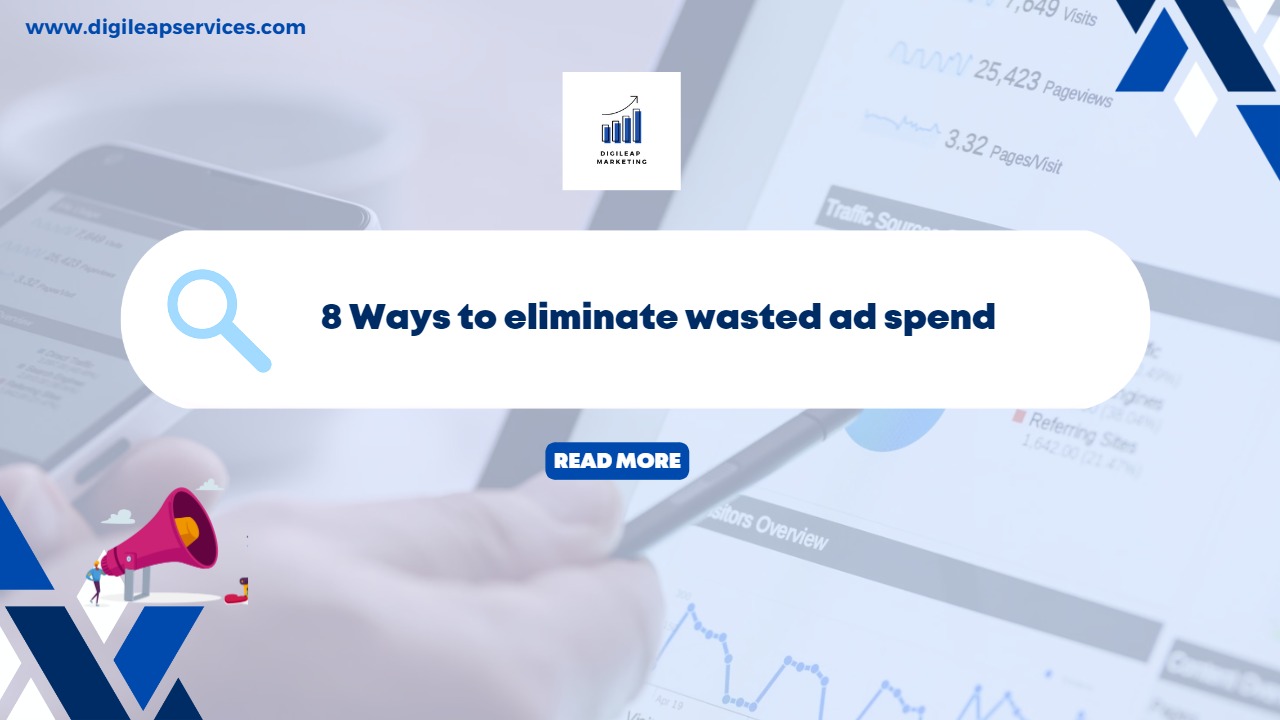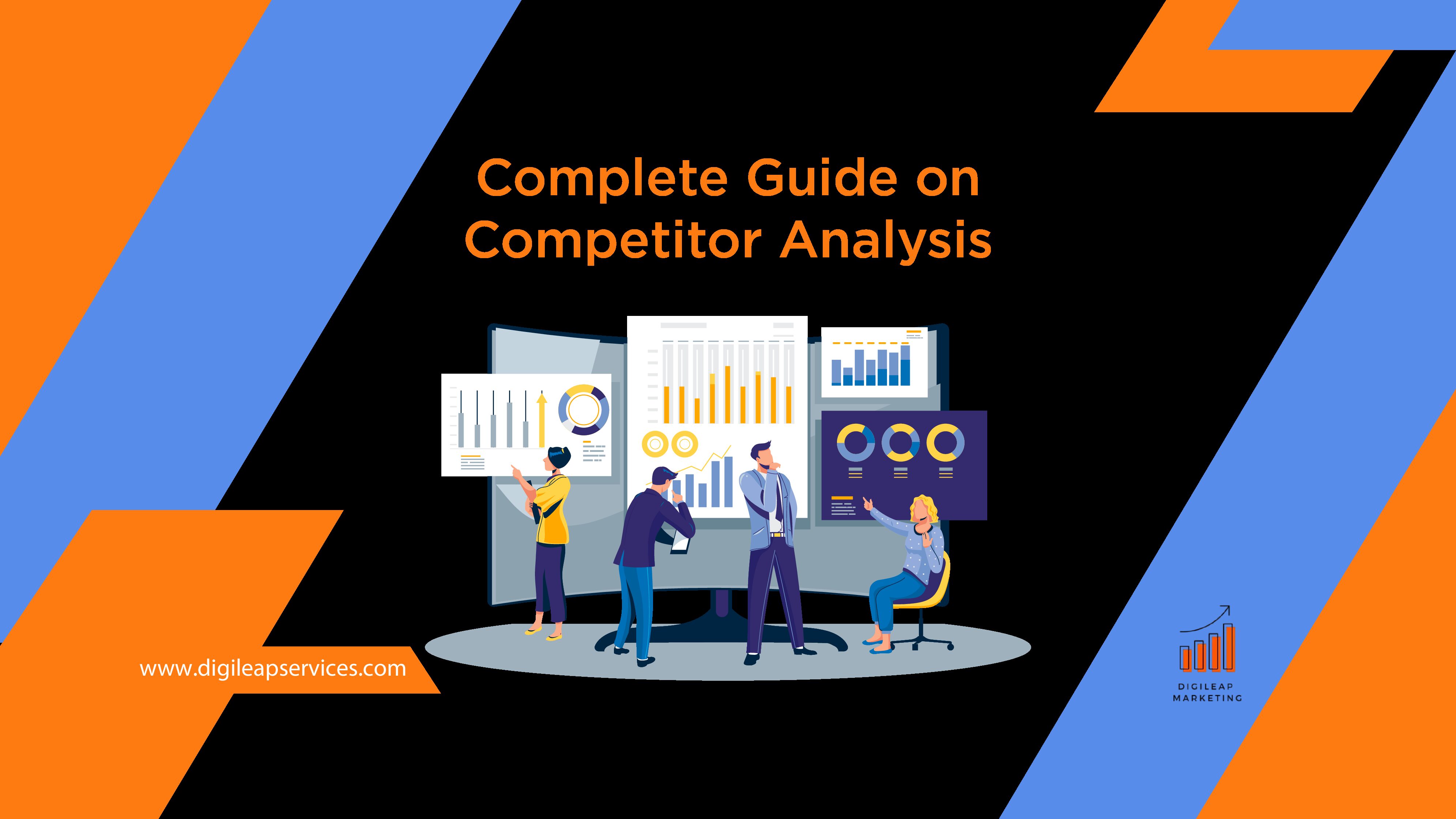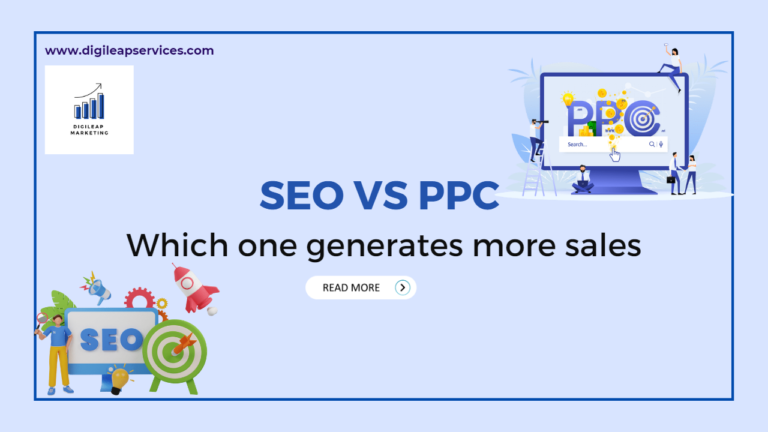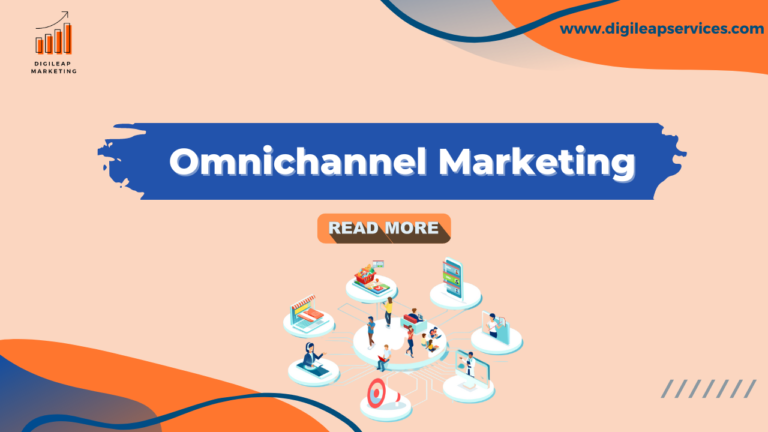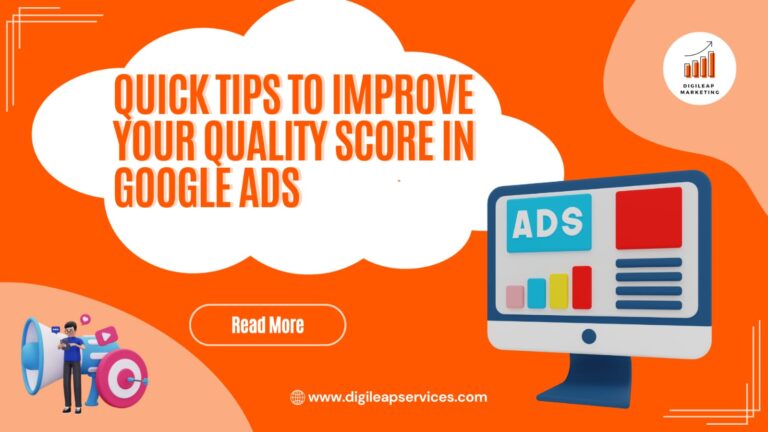8 Ways to Eliminate Ad Wastage
8 Ways to Eliminate Ad Wastage: Marketers spend an estimated $273.29 billion on digital ads. But it was estimated that 26 percent of their budget went to waste on the wrong strategies and channels. Every time the waste increases year after year. This article will help you to reduce your ad wastage and learn how to channel your ads.
- Have Clear Campaign Goals
Creating clear campaign goals will help you see better results. Lead generation, brand awareness, or conversions all have different approaches to planning, crafting, and execution. Having clear campaigns will help you reach your goals with efficiency. It will also help you select KPIs to measure the success of your campaigns.
- Target Specific Audience
Targeting a large number of people will increase your ad budget, but following a smaller proportion of people who are interested in your product and service will increase the chances of conversions. We can rather say to focus on quantity over quality. One can find the niche of the audience through:
- First data party: It is the information you collect from the audience by yourself. It can include actions taken by users when they visit your website, the information provided by email subscribers, and many more.
- Second-party data: It is the first-party data you buy from the company that collected it.
- Third-party data: This is the data you buy from aggregators that collect from various sources.
First-party data provides you with information related to audience age, gender, occupation, and location. Psychographic information helps in telling your audience’s attitude, beliefs, and other similar attributes. You can also gain knowledge about the purchases they make on your website and their online behavior. After generating this information you can use second and third-party data to find a similar audience.
- Target the Right Location
Location is essential for your marketing ad campaign to eliminate Ad Wastage. Location is becoming increasingly popular in ad campaigns as most people use their smartphones to find goods and services near them. Google will try to show your ads to as many people as possible. If you don’t change your ad setting location it will target an audience that isn’t even present in your area.
- Advertise Ads on the Right Channels
When it comes to ad campaigns there is a lot of variety of platforms to advertise on, such as social media and websites. 61 percent of Internet users start shopping on one platform and then shift to another. To find out which channel is best for your business you need to identify where your audience spends much of their time online. And also in which platform they are looking for your product and service.
- Targeting Right Keywords
Keywords are the most essential part of ad campaigns, so selecting a proper keyword is crucial. Successful marketing ads campaigns such as search engine marketing and pay-per-click select the right keywords to reduce ad spend. To find the right keywords one needs to find the phrases or words the audience is searching for. To find out which keyword to use and explore the competition, use keyword research tools like Google AdWords. Small keywords are generic and increase your ad budget and spending. Targeting small keywords might get you clicks but not converts and increase ad spend. Instead, try targeting long-tail keywords; you will spend less and expect returns to eliminate Ad Wastage.
- Invest in Fraud Prevention Tools
Investing in a powerful anti-ad fraud tool is essential if you work with online company advertising. This is more of a requirement than an option because of how commonplace ad fraud has become in recent years. Inconsistencies in the data from your ad campaigns can be easily found at an early stage by using an advanced fraud detection tool that thoroughly examines ad campaigns. As a result, your ad campaigns will be less vulnerable to fraudsters’ attacks. You will have more control over your advertising expenditures, feel more secure in your advertising budget, and be able to organize your marketing activities as a whole more.
- Optimize your Landing Page
The entry point for conversion for your audience is a landing page. The pages are the most crucial part of any sale, despite the fact that they are not the major focus of an advertisement campaign. The sites ought to be optimized for speed, image/video appeal, clear call-to-action buttons, a unified color palette, and generally a more user-friendly UI/UX design. As a result, poorly designed landing pages will not increase the effectiveness of your advertising efforts and may even lower the relevance and quality scores of your ads.
- Use Retargeting Features
Retargeting can increase your conversion rate by up to 10 times and significantly reduce your cost per acquisition. You would pay to reach people who have previously connected with your website or social media through retargeting, also known as remarketing.
The feature is supported by almost all advertising platforms. It is a great approach to deepen consumer engagement and keep them interested in your business for a longer period of time when done correctly.
These are the 8 ways through which you can reduce your ad spending. It will also help in ad optimizing and bringing new users to your website or social media handles and would later turn them into customers and eliminate Ad Wastage. Right targeting, using proper keywords, and knowing your audience are key here.
Optimize Your SEO Strategy For Maximum ROI With These 5 Tips
Search engine optimization trends keep changing. One should keep optimizing its SEO strategy to increase its return on investment. There are a few simple tips to optimize your SEO strategy. Following are the fundamentals of a good SEO strategy.
- Identify Seasonal Keywords Trends: Most demand product trends experience seasonal highs and lows. And timing your content appropriately would help to maximize sales from these patterns. Analyzing the history of search data will for your product and service be very useful as it will help to predict that trends will occur in the future. It is one of the techniques for SEO optimization.
How to identify seasonal keyword research trends
The successful way to analyze and use the seasonal data trends in your SEO optimization is
- Plan: Analyze and use the historical search trend for your content strategy.
- Influence: Make sure you have strategies in place to persuade clients while there is less competition in the market and they are still in the research stage of the buying process.
- Peak: Recognize when you are at your most active in the SERPs, and strive to fill as much space as you can during this period.
- Repeat: Utilize trend data to determine whether you should shift your attention to other categories or whether this is a trend that will continue into the following year.
- Use Medium Volume Keywords: Keywords are the fundamental component of SEO and are important for any SEO optimization and strategy. Selecting appropriate keywords, calculating their search volume, and including them in your content and meta tags will not only help visitors find your website but also increase the position of your content in search results. It is also a good SEO strategy to identify low to medium-volume keywords as high-volume keywords might be difficult to rank for in search engines. One can analyze medium-volume keywords by identifying how much revenue one could gain from this target keyword and content and then optimize accordingly.
- Optimize Long Tail Keywords: It is easy to find long tail keywords in Google search recommendations it is an important aspect to focus your SEO strategy.
Optimizing long tail keywords is helpful as they have search traffic, but not many people utilize this keyword. Long tail keywords are the specified search text from users. Optimizing these keywords provides information users are looking for and, later they might turn into leads or conversions.
Top Tips For Changing Audience Attitudes Before Conversion:
- Make use of Google’s People also ask tool to understand your target market’s thought processes and predict the questions they will ask the search engine about your product.
- Check to see if your material is optimized to respond to these questions, and if not, consider adding new content to your approach.
- Aspects of the SERP that you should not overlook. Every one of them offers fresh chances to reach your audience with your content and widen the portals to your website.
- Create Informational Content: It is the most important SEO strategy to create useful and informational content. Content leads to users knowing about your product or service, and it also helps in SEO ranking helpful in increasing traffic and sales. One can create a variety of content online including blogs, product pages, videos, guides, and many more. One of the SEO strategies you can optimize for content is previous content. Recycling content is also quite common.
- Maintain an Optimized Website: Maintaining a fast and mobile-friendly website will help to retain users. Google takes into account page speed and user-friendliness for SEO ranking. One can increase the speed of the website by compressing site images, reducing HTML, CSS, and JavaScript, and reducing server response time and browser caching. Mobile-friendly sites usually rank in search engines. Google’s Test My Site tool will help you measure your site’s mobile speed and calculate and suggest the improvements to be made.
Creating an SEO strategy is very useful, and it needs to keep up with current SEO trends. These five tips will help you optimize your SEO which will create maximum ROI. To optimize the SEO strategy, you need to make content around medium-volume keywords and long-tail keywords. Always maintain an optimized website that loads easily and makes high-quality content to help solve users’ queries about Ad Wastage.

